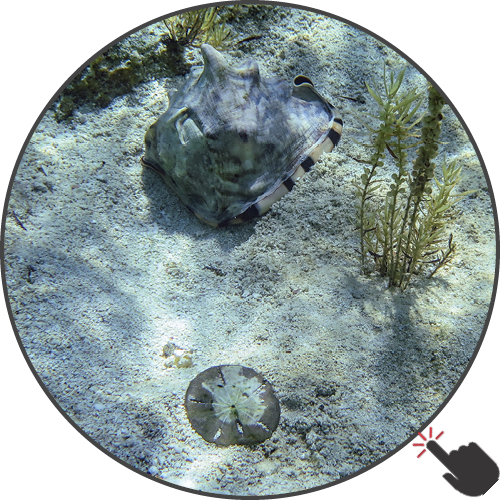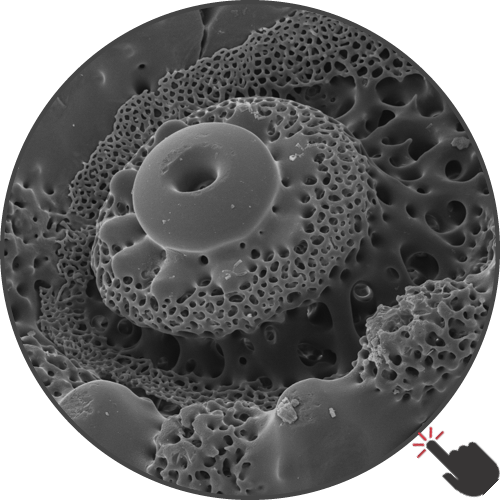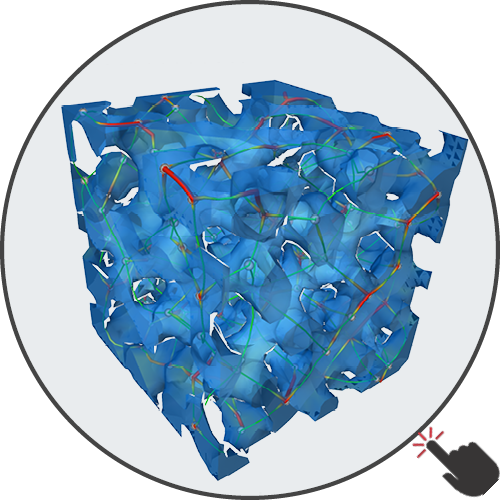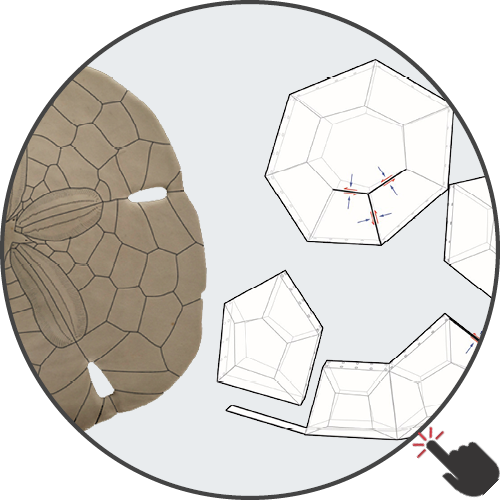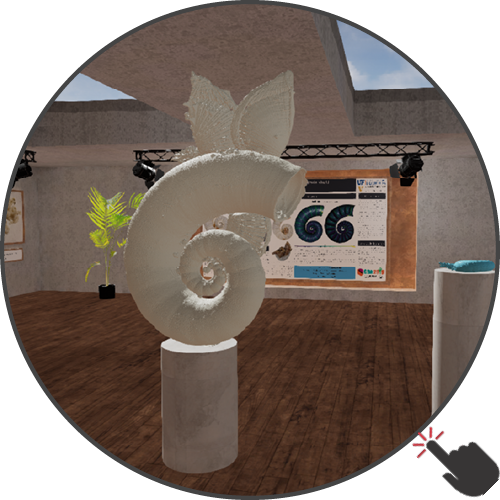Marine Sciences
My research interest lies in the interaction between marine organisms and their environment. I am particularly drawn to infaunal irregular echinoids, a group of sea urchins that play a significant role in soft sediment habitats but are widely neglected in ecological research.
Individual projects ranging from non-applied studies devoted to empirical and theoretical research to more applied and societally relevant projects in conservation biology and biomimetics. Collaborative interdisciplinary and multidisciplinary approaches also allow the unique opportunity to investigate old questions from new perspectives using cutting-edge technology.
The main goal of my research is to understand the ecological importance of infaunal irregular echinoids today and through geological times and how they are integrated into their ecosystem. To obtain this understanding, I work on a wide array of topics that, combined, provide a holistic picture of marine organisms and their integration into the ecosystem. Each research topic requires a unique set of methods, the most important methods are:
Biotic interactions primarily represented by studies on the long-term data of predator-prey interactions in marine ecosystems. This research is based on modern environments, but also include comparative data from the fossil record. By comparing data from modern ecosystems to the youngest fossil record (Holocene), information about the most recent evolutionary pathways can be acquired. Those data provide an essential complement to high-temporal resolution observations in modern ecosystems. Evolutionary biological research that includes paleoecological data represents a vital conceptual bridge between evolutionary biology and marine ecology.
Taphonomy offers a critical aid in evaluating the quality of deceased specimens as well as samples from the fossil record. This research branch is rapidly emerging as an integral component of modern comparative biology and paleontology, not only by providing rigorous ways for evaluating the quality of data provided, but also by offering unique insights into the history of organisms after life. My empirical studies focus on the preservation of marine invertebrates and their short-term and long-term taphonomic biases. My research especially centers on taphonomic alterations and filters on deceased organisms including potential predatory traces they carry.
Biomimetic research and technical biology focus on evolutionary optimized biological structures. This research theme uses engineering and material science methods (e.g., finite-element analyses, simulations, mechanical testing, etc.) to technically describe and understand morphological adaptations and their underlaying working principles. This research provides detailed insight into how organisms are adapted to a specific environment. In addition, evolutionary optimized structures are of high interest for engineers, architects, and designers. Interdisciplinary and cross-functional research teams analyze biological structures, identify and understand working principles, and transfer promising findings into civil-engineering, medical products, and industrial designs.
